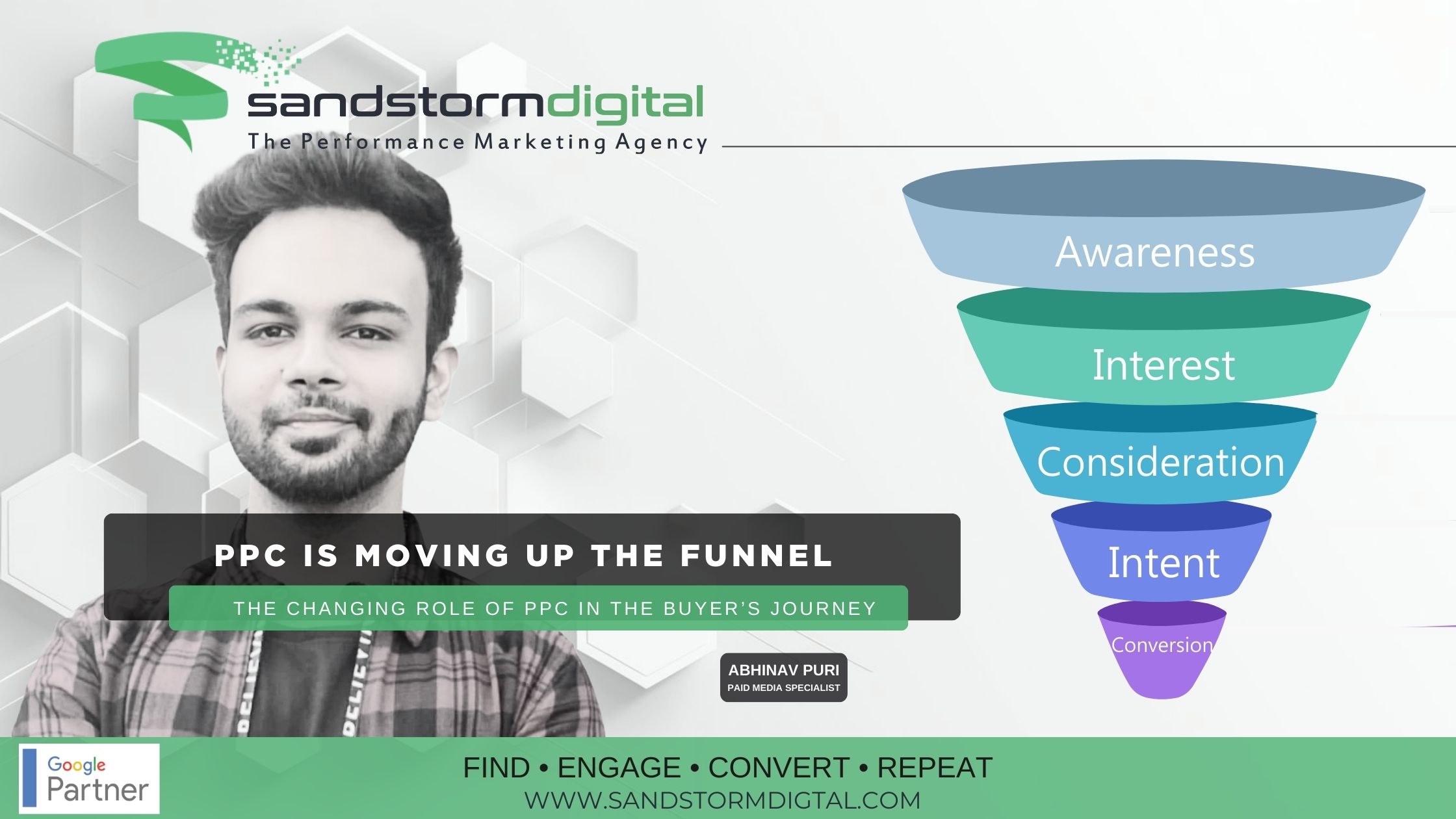Remarketing has proven to be an effective digital marketing strategies, allowing brands to re-engage with potential customers who have already shown interest in their products or services. However, as consumer touchpoints multiply, the need for a seamless cross-channel remarketing strategy has become essential. To maximize your efforts, let’s explore some best practices for remarketing strategies, including the use of unified tracking tools and strategic message alignment.
1. Implement Unified Tracking for Seamless Data Integration
A successful cross-channel remarketing campaign starts with comprehensive tracking across all platforms. By using tools like Google Tag Manager (GTM), marketers can unify tracking efforts and ensure a consistent flow of data across multiple channels. GTM allows you to:
- Centralize your tracking codes and tags for easy management.
- Monitor user interactions across platforms like your website, mobile app, and email campaigns.
- Gain insights into user behavior to create more personalized and effective remarketing strategies.
Pro Tip: Use GTM to set up event tracking and audience segmentation, enabling you to deliver highly relevant ads based on specific user actions, such as adding items to their cart or browsing particular product categories.
2. Avoid Overwhelming Users with Frequency Caps
One of the biggest mistakes in remarketing is bombarding users with too many ads. This can lead to ad fatigue and even negative brand sentiment. By setting frequency caps, you can:
- Limit the number of times a user sees your ad within a specific timeframe.
- Maintain a positive user experience.
- Prevent wasting ad spend on oversaturated audiences.
Best Practice: Test different frequency cap settings to find the sweet spot that keeps your brand top-of-mind without annoying potential customers.
3. Align Messages with the Buyer Journey
Every customer is at a different stage in their buyer journey, and your remarketing messages should reflect that. For instance:
- Awareness Stage: Use ads that educate and inform, such as “How-To” guides or product features.
- Consideration Stage: Highlight customer testimonials, case studies, or free trials.
- Decision Stage: Offer discounts, limited-time promotions, or cart reminders.
By tailoring your messaging, you can guide users through the funnel more effectively and increase conversions.
4. Leverage Cross-Channel Consistency
Cross-channel remarketing thrives on a unified message across all touchpoints. While your ads should be platform-specific in format and style, the core message should remain consistent. For example:
- Use similar visuals and branding across Facebook, Instagram, and Google Ads.
- Ensure email campaigns reinforce the messages users see in your social and display ads.
- Synchronize your retargeting efforts with SMS or push notifications to create a cohesive experience.
Remember: A consistent experience builds trust and reinforces your brand identity.
5. Test and Monitor Regularly
Cross-channel marketing is not a one-size-fits-all approach. Testing and monitoring your campaigns are crucial to optimizing performance. Key areas to focus on include:
- Ad Creative: Test different visuals, copy, and calls-to-action (CTAs) to see what resonates best with your audience.
- Audience Segments: Experiment with targeting based on user demographics, behavior, and engagement history.
- Performance Metrics: Monitor metrics like click-through rates (CTR), conversion rates, and return on ad spend (ROAS) to identify areas for improvement.
By staying adaptable, you can refine your strategy and respond to changing consumer behaviors.
6. Stay Adaptable and Customer-Centric
The digital landscape evolves rapidly, and so do consumer expectations. To maintain an effective omni-channel remarketing strategy:
- Stay updated on platform changes and new ad formats.
- Continuously seek feedback from your audience to understand their preferences.
- Use analytics to identify trends and anticipate shifts in consumer behavior.
By prioritizing the customer experience, your remarketing efforts will feel more like helpful reminders than intrusive advertisements.
Cross-channel remarketing offers incredible opportunities to re-engage with potential customers and drive conversions. By implementing unified tracking, setting frequency caps, aligning messages with the buyer journey, maintaining cross-channel consistency, and staying adaptable, you can create a remarketing strategy that resonates with your audience and delivers results. Remember, success in cross-channel remarketing requires a delicate balance of strategy, testing, and monitoring. With the right approach, your brand can stay top-of-mind and turn casual visitors into loyal customers.











